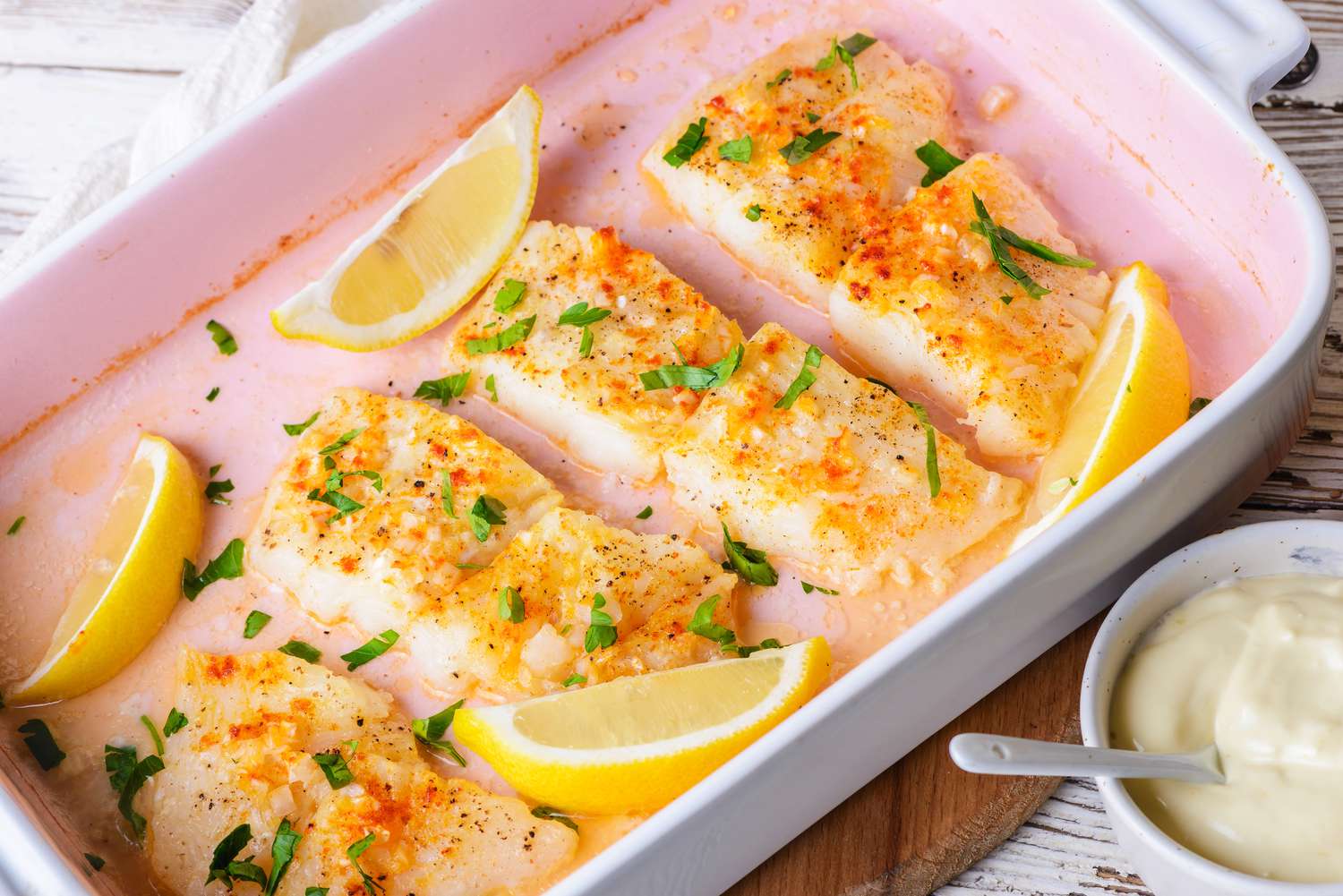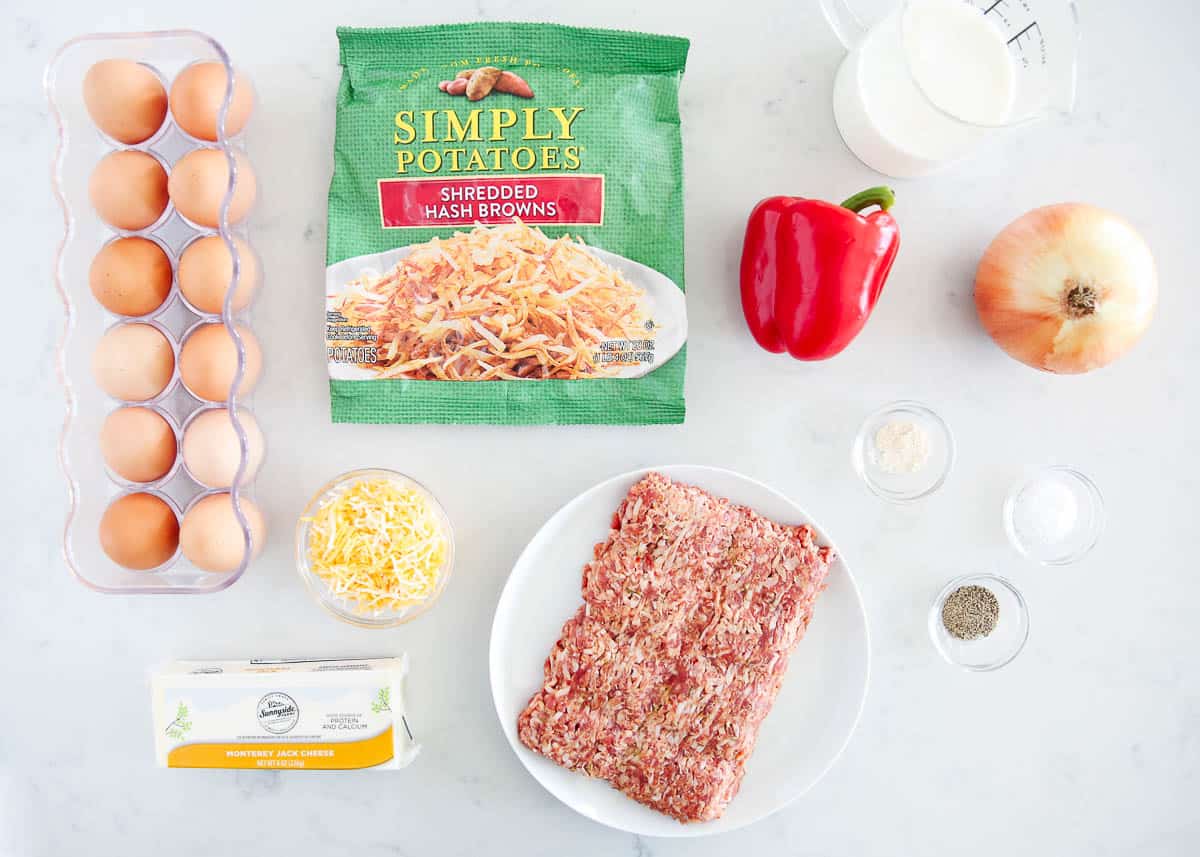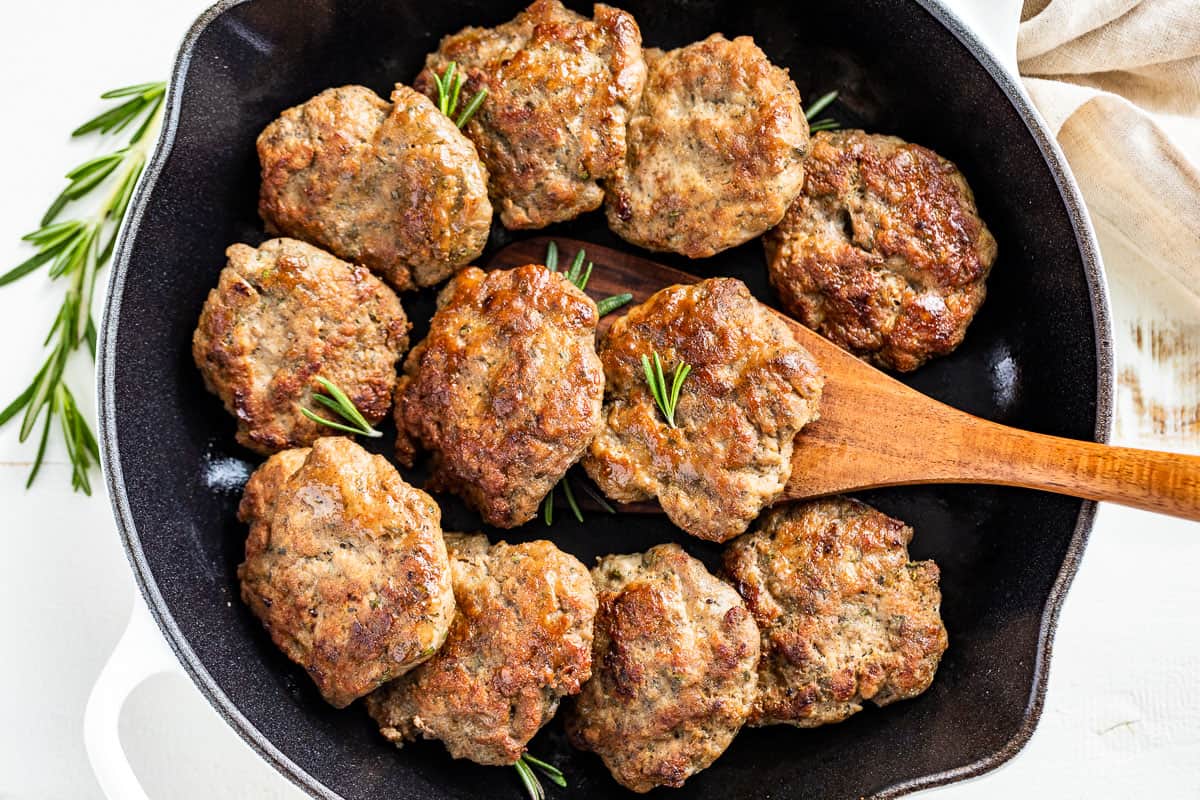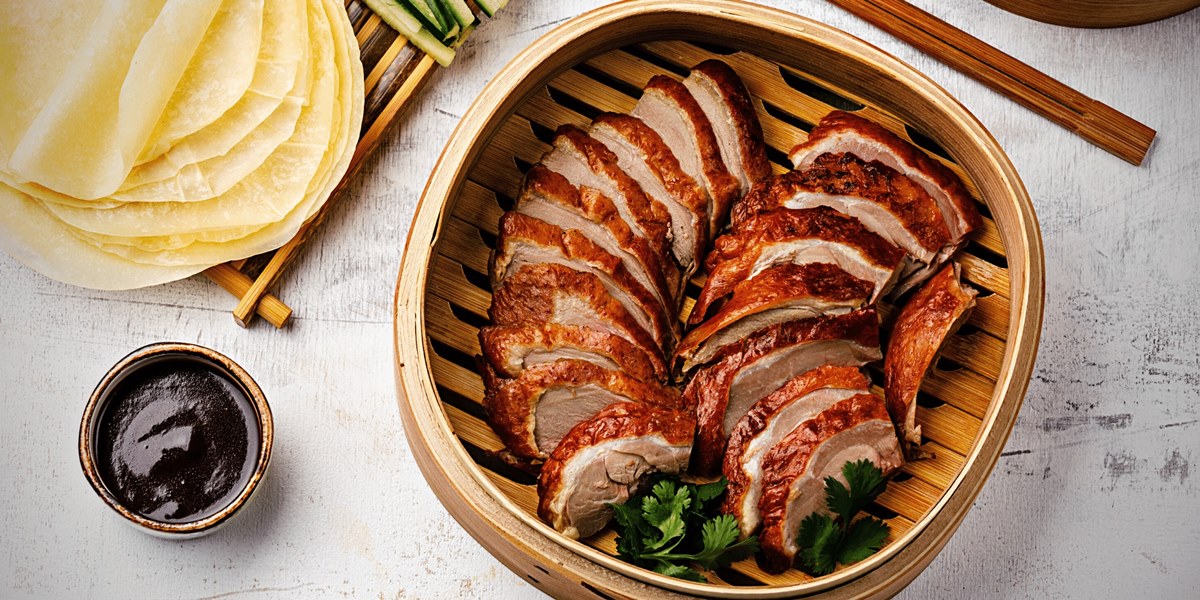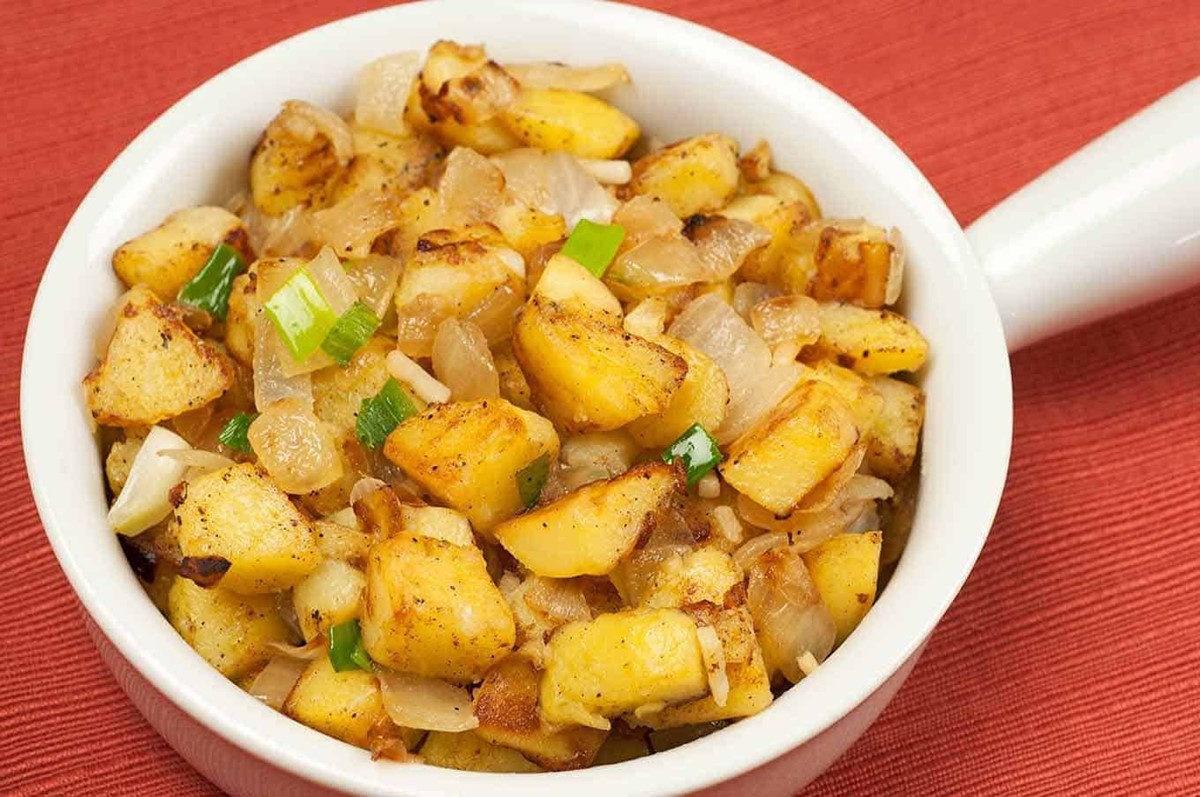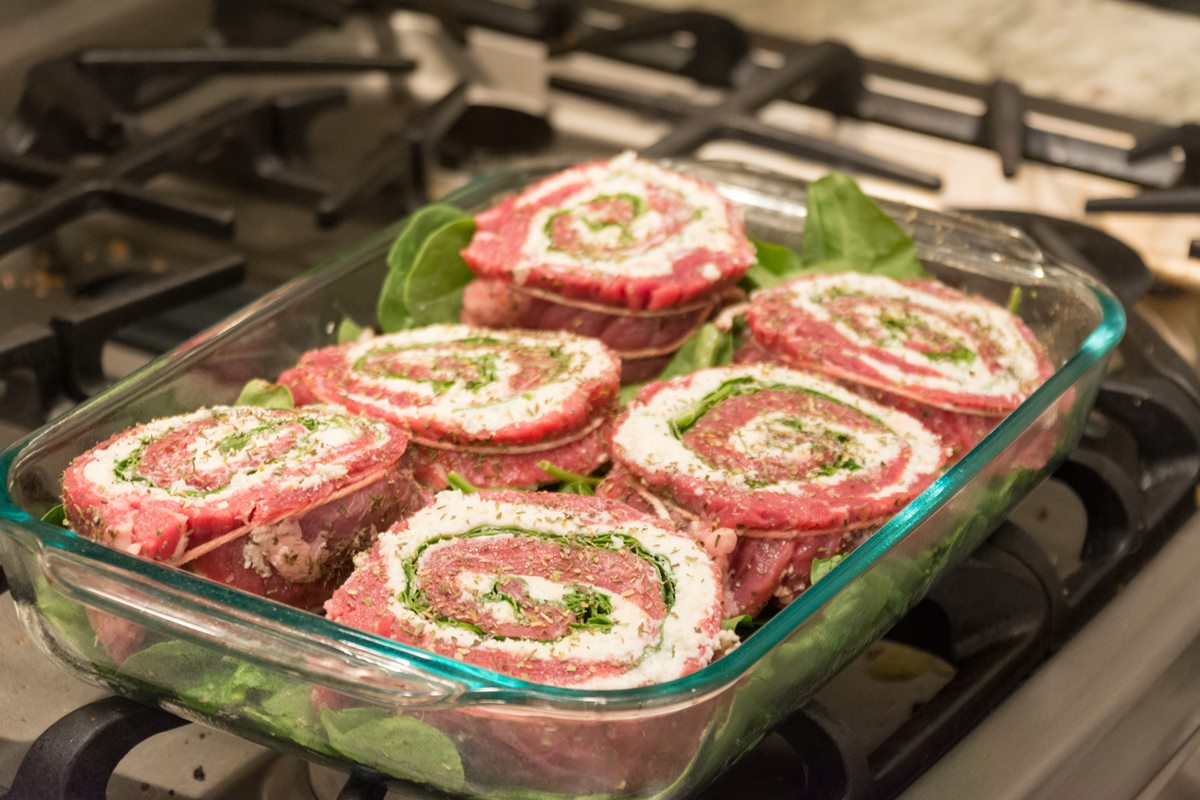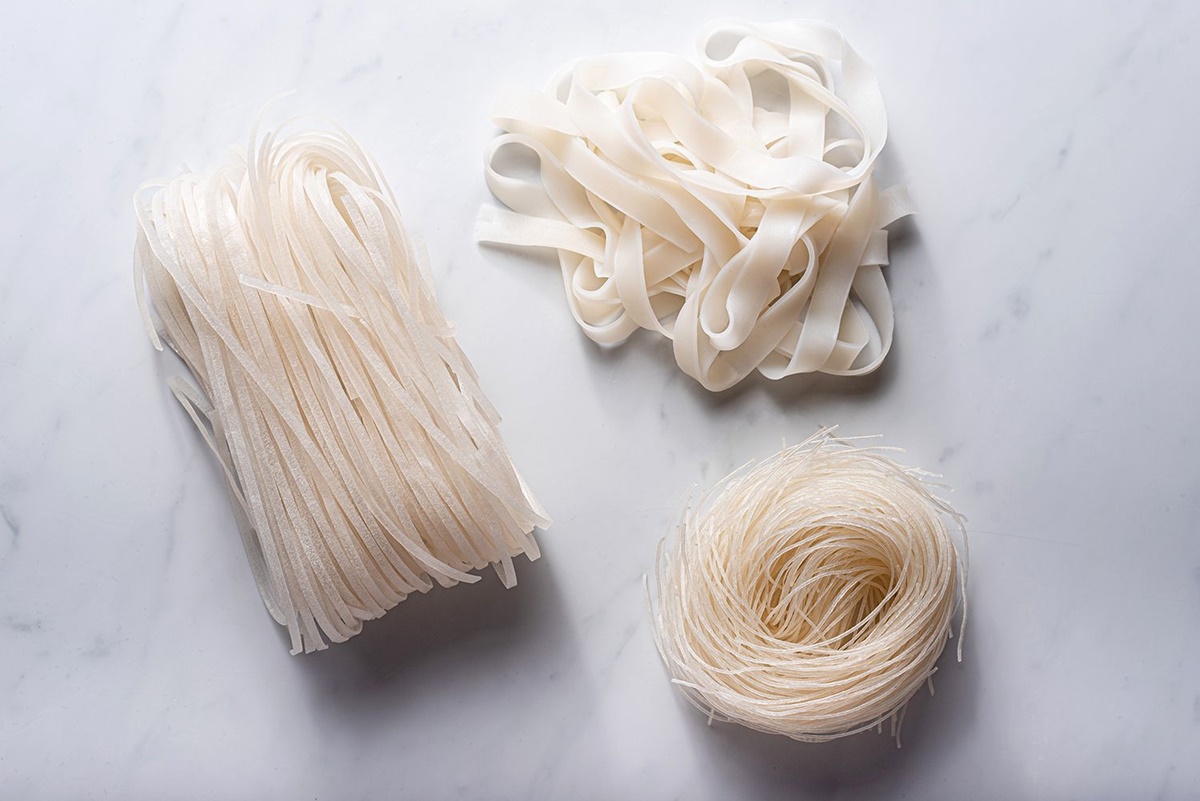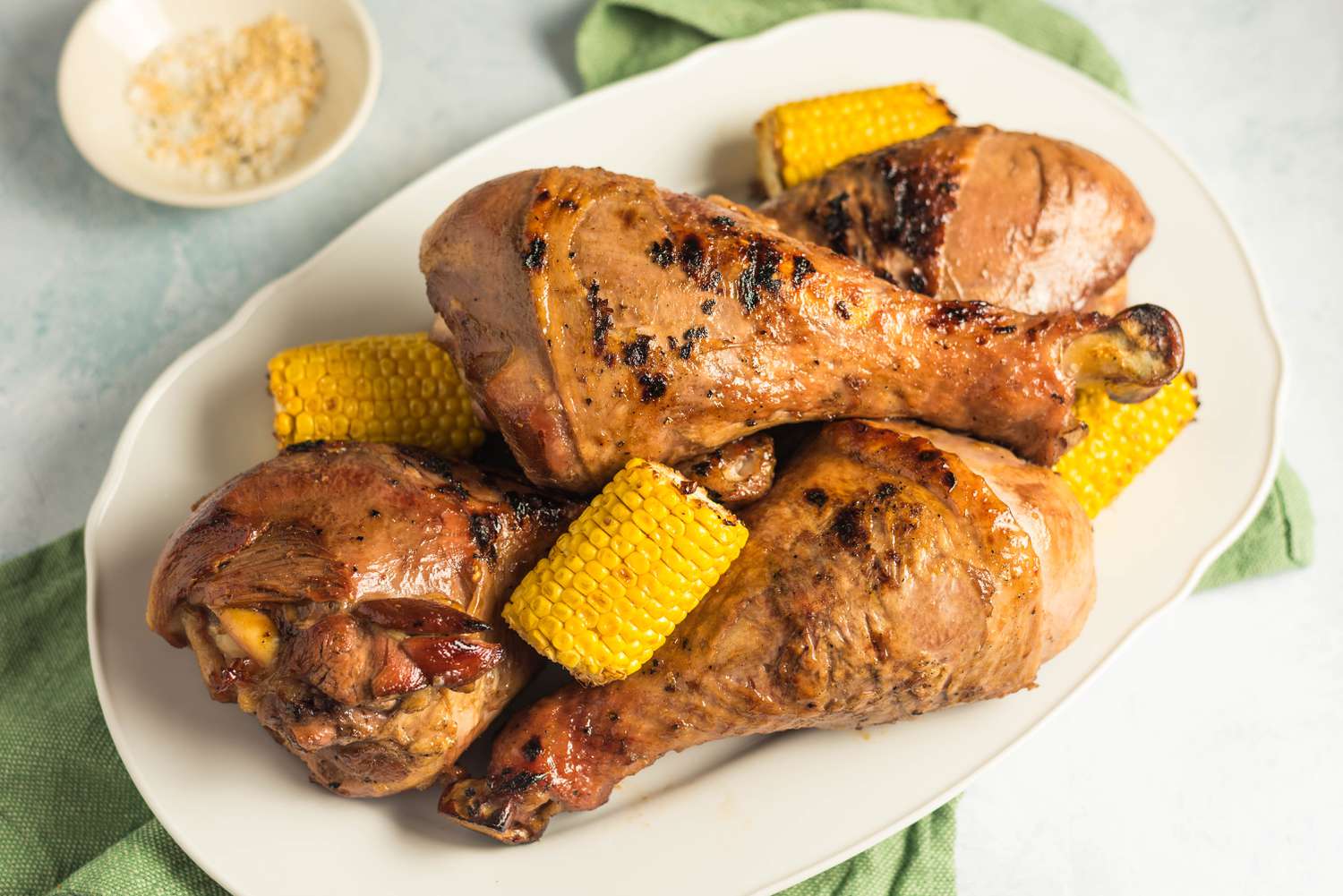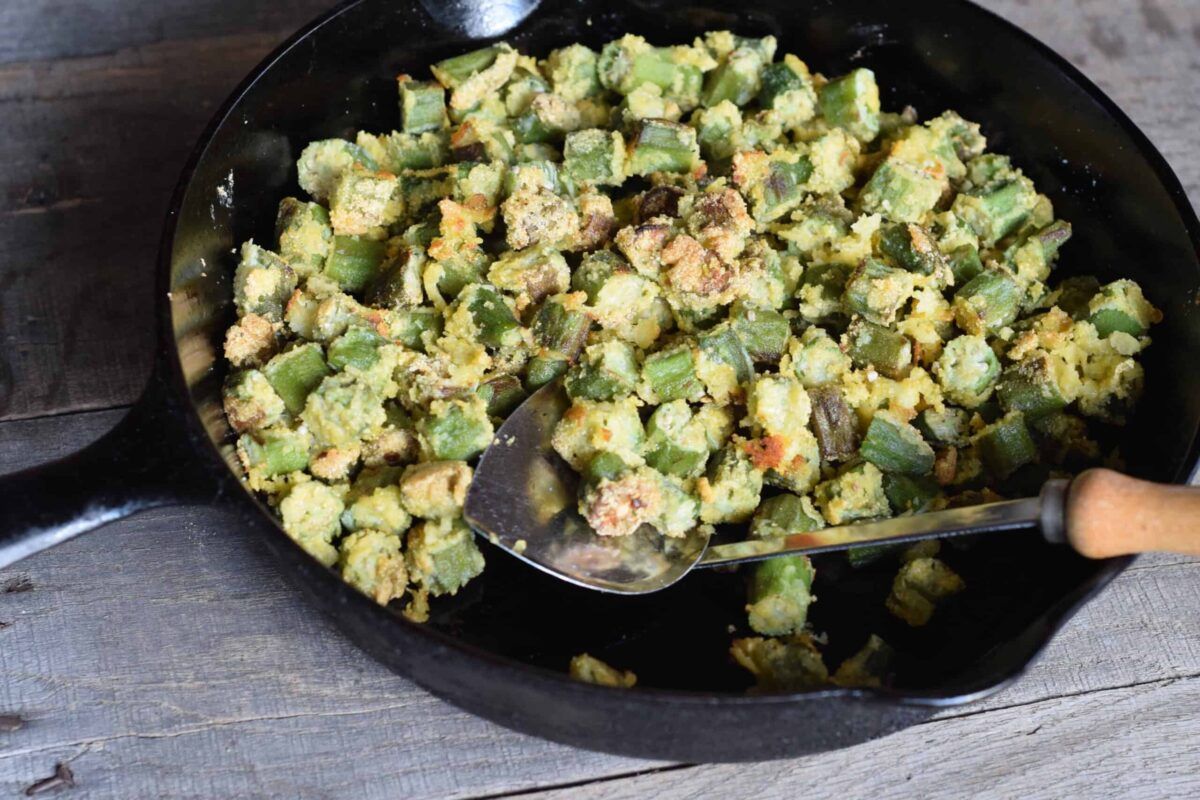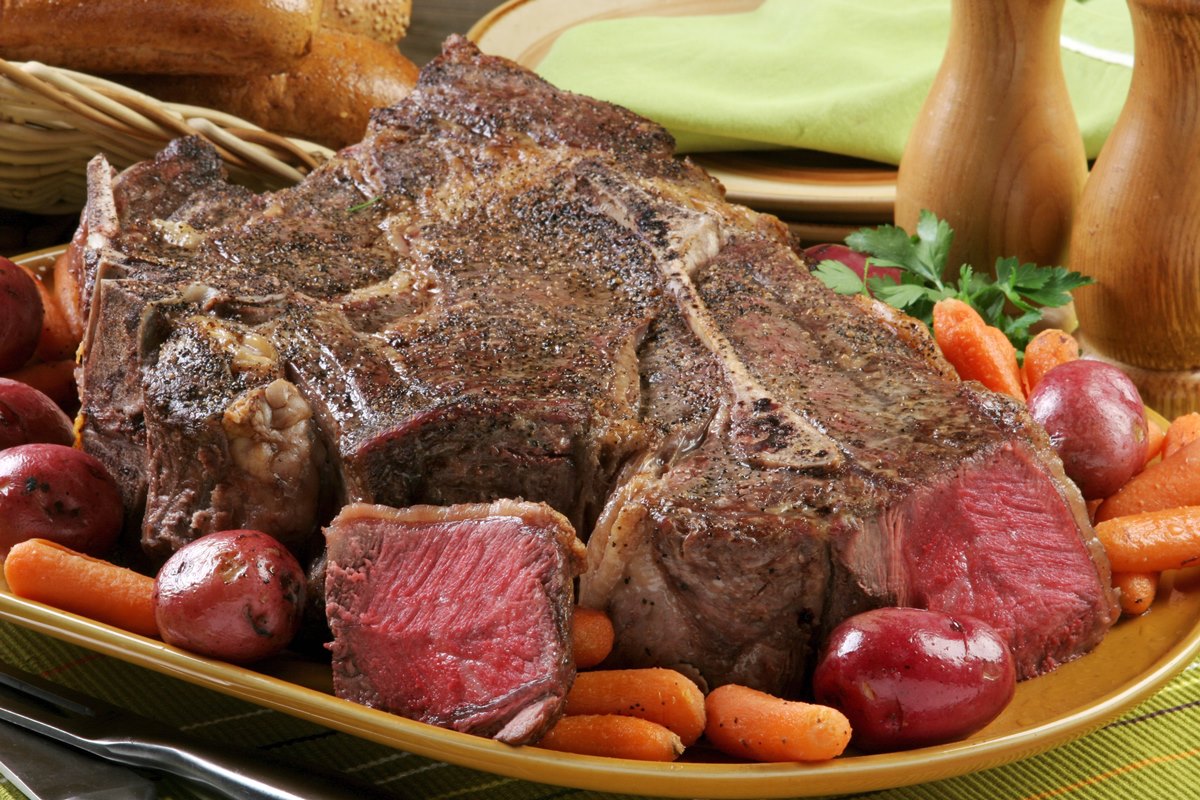Unlocking the Secret: Cooking a Delicious Frozen Steak in a Cast Iron Skillet
Are you craving a mouthwatering steak, but your meat is frozen solid? No worries! With the right technique, you can cook a perfect steak straight from the freezer using a trusty cast iron skillet. This method will not only save you time but also deliver a tender and juicy steak that will leave your taste buds dancing with delight.
Why Choose a Cast Iron Skillet?
A cast iron skillet is the ideal choice for cooking a frozen steak for several reasons:
- Even Heat Distribution: Cast iron ensures even heat distribution, allowing your steak to cook evenly from all sides.
- High Heat Retention: Cast iron retains heat exceptionally well, resulting in a beautifully seared steak.
- Natural Non-Stick Surface: Seasoned cast iron creates a natural non-stick surface, preventing the steak from sticking and allowing for easy flipping.
- Enhanced Flavors: A cast iron skillet imparts a unique flavor profile to your steak, adding an extra layer of deliciousness.
Step-by-Step Guide to Cooking a Frozen Steak in a Cast Iron Skillet
Follow these simple steps and elevate your frozen steak cooking game:
- Preparation:
- Remove the frozen steak from its packaging and pat it dry with paper towels. Removing excess moisture will help in achieving a nice sear.
- Season the steak generously with your favorite seasonings, such as salt, pepper, and any other desired spices.
- Preheating the Skillet:
- Place your cast iron skillet on the stovetop and preheat it over medium-high heat for about 5 minutes. This will ensure that the skillet is evenly heated.
- Adding the Steak:
- Once the skillet is heated, drizzle some oil with a high smoke point, like vegetable or canola oil, and swirl it around to coat the bottom of the skillet.
- With a pair of tongs, carefully place the frozen steak into the hot skillet. Be cautious as the skillet may release some steam.
- Cooking the Steak:
- Cook the frozen steak for a few minutes on each side, without moving it, to allow a golden brown crust to form.
- Reduce the heat to medium-low and continue cooking until the steak reaches your desired level of doneness. You can use a meat thermometer to check for the internal temperature.
- Resting and Serving:
- Remove the cooked steak from the skillet and let it rest on a cutting board for a few minutes. Resting allows the juices to redistribute, resulting in a more tender and flavorful steak.
- Once the steak has rested, slice it against the grain and serve it with your favorite side dishes.
There you have it! A frozen steak transformed into a culinary masterpiece using a trusty cast iron skillet. Remember, practice makes perfect, so don’t be discouraged if your first attempt isn’t flawless. With time and experience, you’ll soon become a master in the art of cooking a frozen steak to perfection.
So, the next time you find yourself with a frozen steak and a craving that needs satisfying, grab your cast iron skillet and get ready to impress yourself and your guests with a delicious meal!
Cooking a frozen steak in a cast iron skillet opens up a world of delicious possibilities. For those who enjoy bold flavors, the Frozen Tri-Tip Steak with Coffee Rub offers a unique blend of robust spices that will surely impress. If you prefer something with a touch of elegance, the Frozen Filet Mignon with Red Wine Reduction provides a rich and sophisticated taste. Fans of zesty and fresh flavors might find the Frozen Flank Steak with Chimichurri Marinade particularly appealing, delivering a delightful burst of herbs and garlic. Those who crave a classic yet mouthwatering experience should not miss the Classic Frozen Ribeye Steak with Garlic Butter, which combines tender meat with the irresistible aroma of garlic. Finally, for a truly indulgent meal, the Frozen Porterhouse Steak with Béarnaise Sauce combines the best of both worlds with its tender and flavorful cut, paired with a creamy, tangy sauce. Each of these recipes allows the reader to master the skill of cooking frozen steak while enjoying a variety of flavors and textures.
Was this page helpful?
Read Next: How To Cook Beef Ribs On The Grill Fast
